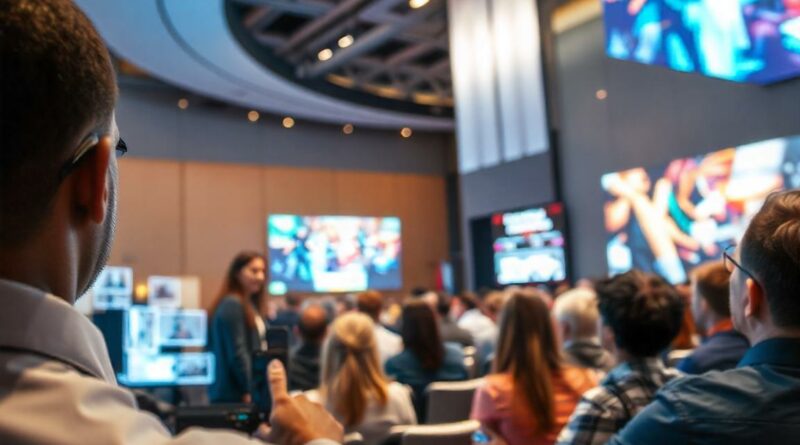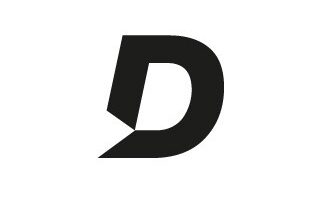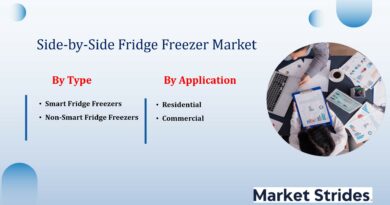FUELD Conference Highlights How Holographic Ads Are Turning Sci-Fi Into Reality
What if ads could step beyond screens and come to life right in front of you? Imagine a sneaker floating in midair outside a store or a holographic brand ambassador guiding you through a product demo. This is not a scene from a sci-fi movie—holographic advertising is here, and it is changing the way brands capture attention.
Attending a tech and marketing conference in USA, such as the FUELD Conference, is a great way to dive into these innovations. Experts are already discussing how holographic ads can transform consumer engagement and reshape digital marketing. Let’s explore how this futuristic technology works, which brands are leading the charge, and the challenges that could shape its future.
The Technology Powering Holographic Ads
Holograms are not just an illusion anymore. They use cutting-edge technology to create three-dimensional images that look like they are floating in midair. Unlike traditional screens, holographic ads project images that feel real.
- Volumetric Displays – These manipulate light to form 3D images that can be viewed from multiple angles.
- Laser-Based Projections – High-powered lasers create visuals in the air, making them appear solid.
- Augmented Reality Integration – Some ads use AR glasses or mobile devices to enhance the effect.
- AI-Powered Personalization – Artificial intelligence enables holograms to change based on user interactions.
- Pepper’s Ghost Technique – A classic illusion that reflects images onto a transparent surface to create the appearance of a floating object.
These innovations are making holographic advertising more advanced, but they still have a long way to go before becoming mainstream. Attending a tech summit provides valuable insights into how brands are leveraging holographic ads and what the future holds for this cutting-edge technology.
Brands That Are Already Using Holographic Ads
Some of the biggest brands have already started experimenting with holographic advertising.
- Nike – Launched interactive 3D sneaker displays, allowing customers to view every angle without touching the product.
- Coca-Cola – Unveiled a massive holographic billboard in Times Square, creating the illusion of floating soda cans.
- Louis Vuitton – Used holograms in retail displays to replace mannequins with life-like digital models that move and change outfits.
- Concerts & Other Events – Brands are integrating holograms to enhance fan engagement and create immersive sponsorships.
These brands are proving that holograms can do more than just grab attention. They can create experiences that feel futuristic and engaging.
Impact Of Holographic Ads On Consumer Engagement
Traditional ads no longer capture attention the way they used to. People scroll past them without even noticing. Holographic ads change that. They stop people in their tracks and make them engage with the content.
- Higher Brand Recall – Studies show that 3D advertising is more memorable than standard digital ads.
- Increased Social Sharing – Consumers are more likely to take photos or videos of holographic ads and share them online.
- Interactive Experiences – Some holographic ads allow users to control elements with gestures or voice commands.
- Better In-Store Engagement – Retailers use holograms for product demos, allowing customers to see how items work in real time.
- Enhanced Storytelling – Brands use holograms to create immersive narratives that make a lasting impression.
Consumers are no longer just seeing an ad. As this innovation gains momentum, industry leaders are discussing its potential at major events. Attending a tech summit offers a closer look at how holographic ads are reshaping marketing strategies and driving higher engagement in an increasingly digital world.
Challenges That Are Holding Holographic Ads Back
Holographic advertising is exciting, but it is not without its challenges.
- High Cost – Developing and displaying holograms requires expensive hardware and advanced software.
- Scalability Issues – Not all locations can support the technology, making mass adoption difficult.
- Visibility Problems – Some holograms struggle to appear clearly in bright outdoor environments.
- Technical Complexity – Creating realistic 3D visuals requires a level of precision that is not yet affordable for most brands.
- Consumer Adoption – While the technology is impressive, many people are still unfamiliar with interacting with holographic ads.
These hurdles mean that while holographic ads are growing in popularity, they are not replacing traditional advertising just yet.
The Future Of Holographic Advertising
Despite the challenges, the future of holographic marketing looks promising. As technology advances, these ads will become more common and more interactive.
- Lower Costs – As production technology improves, brands will be able to create holographic ads without breaking the bank.
- Retail Evolution – Stores may use holographic assistants that guide shoppers and provide personalized recommendations.
- Smart Billboards – Holographic billboards could adapt based on traffic, weather, or audience demographics.
- Virtual Influencers – Digital holograms of influencers or brand ambassadors could replace traditional celebrity endorsements.
Major companies are already investing in this space. To gain deeper insights into how brands are leveraging this innovation, attending a tech and marketing Conference in USA, like the FUELD Conference, can provide expert discussions and real-world applications shaping the future of advertising.
Conclusion
Holographic advertising is no longer a futuristic fantasy—it is transforming how brands engage with consumers. From floating product displays to interactive 3D billboards, companies are using this technology to create unforgettable marketing experiences. While high costs and scalability challenges remain, advancements in AI and augmented reality are making holographic ads more accessible and interactive.
Attending a tech and marketing conference in USA, such as the FUELD Conference, offers a closer look at how brands are leveraging this innovation. As technology evolves, holographic ads are set to break the limits of traditional advertising, bringing digital marketing into the real world like never before.




